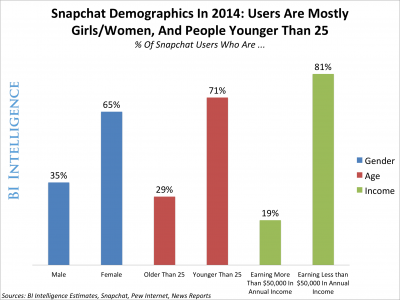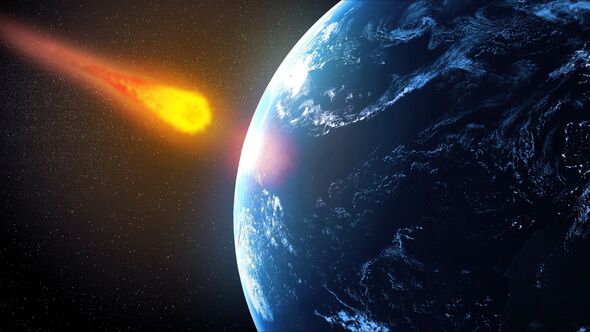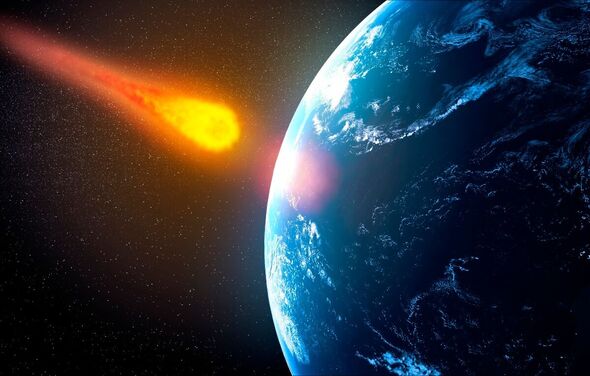
THE SNAPCHAT REPORT: Audience Numbers, Demographics, And Brands …
June 24, 2014
Four Spanish factions on Russia and Ukraine
June 24, 2014The concept, similar to Web 2.0, is an approach to science and innovation that follows a similar strategy to its internet-specific relation in that the thousands of hours of research, experiments and millions of periodicals packed full of data should be freely accessible online to encourage a wider reach not just for a greater understanding of a topic, but also to encourage further research on a topic.
As things stand, the current model of sharing scientific data is more commonly found to be restrictive to open research as peer-reviewed journals and scientific literature is often kept behind closed doors either physically in a library where a researcher may only have limited access to it for a period of time, or digitally, whereby it exists behind a paywall that may be out of reach for thousands of budding researchers who have great ideas but lack the funds to follow through with their idea.
Making science freely available
With Science 2.0, information would become freely available online and sharing ideas and discoveries through blogs, social networking and wiki sites would be encouraged to open the development of ideas.
Addressing the delegates at the ESOF, Geoghegan-Quinn spoke of how despite Europe falling behind in its efforts with Web 2.0, it must work hard with Horizon 2020 towards leading the world when it comes to open and accessible scientific data to all.
“Science 2.0 is beginning to thrive, thanks to its users, and without any top-down interference. We must ensure that creativity and entrepreneurship are not stifled.
“But we would be failing as policy-makers if we did not discuss, with you, whether any policy intervention is needed or desirable in order to remove barriers and actively encourage these new developments.”
Growing openness of scientific data
Current research appears to show the tide is most turning. A recent independent study produced for the European Commission has shown that globally, the shift to open-access to research publications has reached a point where 50pc of scientific papers published across nearly 40 countries in 2011 are now available for free.
It is hoped that with Science 2.0, the idea of ‘publish or perish’ will fade into history, but Geoghegan-Quinn said she is awarethere will be a challenging bridging period from the old system to a new system.
“Like any big change to well-established practices, there will be some uncertainties. But we can navigate these changes if we stick to a number of tried and tested standards. In my view, there should be no concessions on excellence.
“And the way we establish this is through peer review. In a world of abundant knowledge it might become even more important than before. However, new ways of determining quality could enhance the peer-review process and give researchers a richer evaluation of their work.”
Some of the projects already contributing to Science 2.0 include the Citizens’ Science Alliance’s Zooniverse online research portal and Socientize, which asks thousands of people to take part in research online using a series of digital tools.
Text and data mining
Perhaps the biggest advantage digital technology and the internet can provide for scientific research and Science 2.0, according to Geoghegan-Quinn, is text and data mining (TDM), whereby the reams of data collected can be processed in a fraction of the time that would have once been possible.
“Data-driven science can pick up correlations and spot the significant patterns and information in a sea of information. And it will make data itself citable, not just the resulting research – so someone gets credit for their data when it is reused elsewhere.”
In the final month of her term as the European Commissioner for Research, Innovation and Science, Geoghegan-Quinn finished her speech by saying that with the success laid down so far with Horizon 2020, Europe is “on the brink” of achieving the next stage in scientific progress.
“There is no doubt that we are on the brink of some very interesting and important changes. Changes that I hope will strengthen and enhance the practice of science and that will cement its position at the heart of our society.”



